Grow Cucumbers Guide: Your Path to a Bountiful Harvest
I’ve always loved the crisp, refreshing taste of homegrown cucumbers, and that’s why I’m so excited to share my Grow Cucumbers Guide with you! There’s nothing quite like biting into a juicy cucumber you’ve nurtured from seed, knowing exactly where it came from and how it grew. This isn’t just about harvesting cucumbers; it’s about connecting with nature and enjoying the fruits (or should I say, vegetables!) of your labor. This guide is packed with easy-to-follow, DIY tricks and hacks that will transform your gardening experience, whether you’re a seasoned gardener or just starting out.
The cultivation of cucumbers has a rich history, dating back thousands of years to ancient India and possibly even earlier. Throughout history, cucumbers have been prized not only for their culinary uses but also for their medicinal properties. Now, you can tap into this ancient wisdom and bring the bounty of the cucumber vine to your own backyard.
Why This Guide is Essential for You
In today’s fast-paced world, many of us crave a connection to nature and a healthier lifestyle. Growing your own cucumbers is a fantastic way to achieve both. This Grow Cucumbers Guide provides you with the knowledge and practical DIY tips you need to successfully cultivate these versatile vegetables, ensuring a plentiful harvest of delicious, pesticide-free cucumbers. You’ll learn everything from selecting the right seeds and preparing the soil to dealing with common pests and diseases. Imagine the satisfaction of harvesting your own cucumbers, knowing you’ve nurtured them from tiny seeds to juicy, ripe perfection! This guide will empower you to do just that.
So, let’s dive in and unlock the secrets to a successful cucumber harvest! With a little effort and the techniques outlined in this Grow Cucumbers Guide, you’ll be enjoying your own homegrown cucumbers in no time.
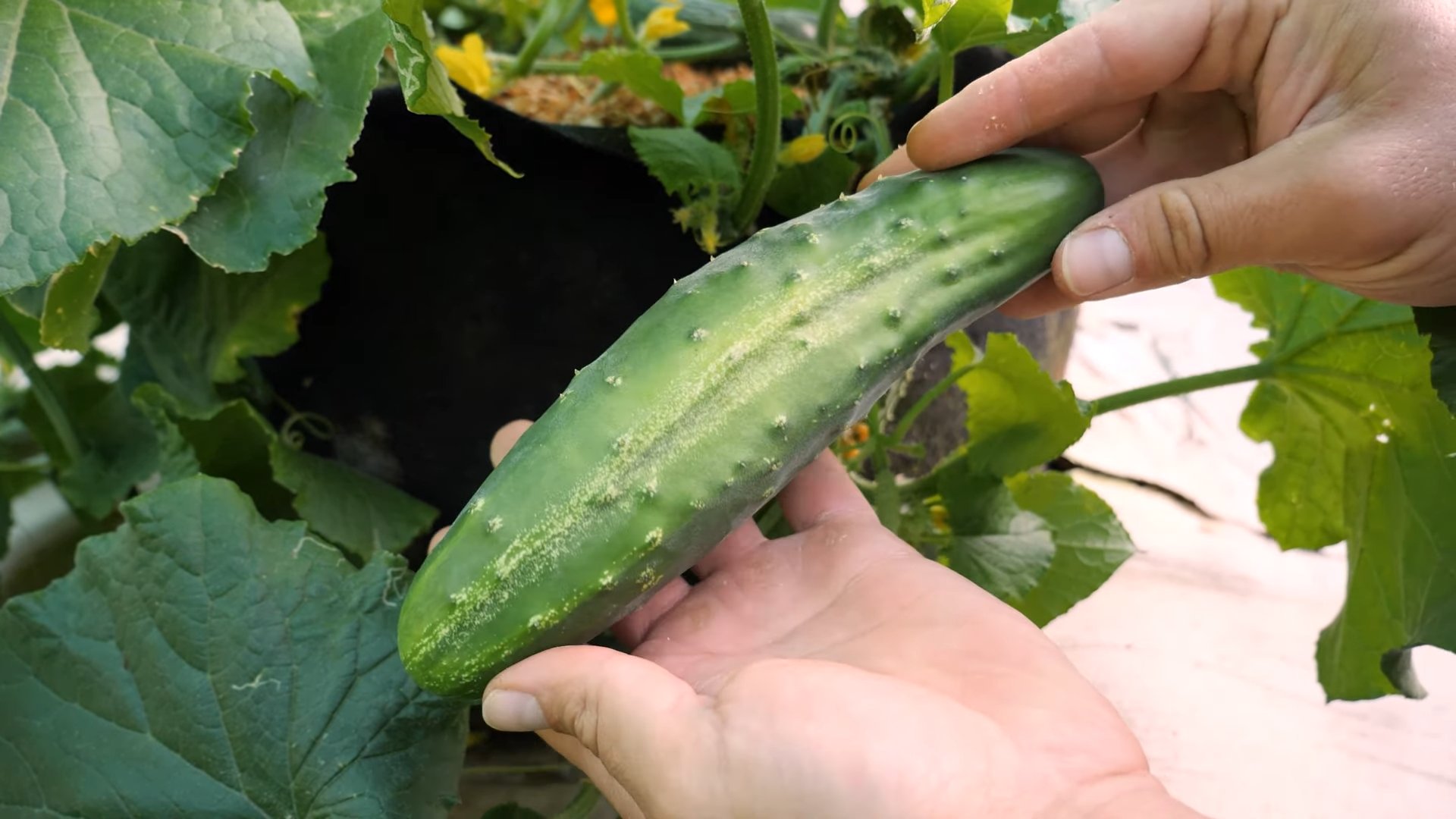
My Guide to Growing Delicious Cucumbers
Growing your own cucumbers is incredibly rewarding! They’re relatively easy to grow, and the taste of a homegrown cucumber is unbeatable. This guide will walk you through the process, from seed to harvest.
Phase 1: Planning and Preparation
- Choose your cucumber variety: There are so many types! Consider space (bush or vining), taste (pickling or slicing), and disease resistance. I like to grow a couple of different kinds each year to compare.
- Select your growing location: Cucumbers need at least six hours of sunlight per day. Choose a spot that’s protected from strong winds. A sunny spot near a fence or trellis is ideal for vining varieties.
- Prepare the soil: Cucumbers thrive in well-drained, fertile soil. Amend heavy clay soil with compost or other organic matter to improve drainage and add nutrients. A soil test can help determine if you need to add any specific nutrients.
- Gather your supplies: You’ll need seeds or seedlings, gardening gloves, a trowel or spade, watering can, and potentially a trellis or support system for vining varieties. Consider using biodegradable plant markers to keep track of your plants.
Phase 2: Sowing Seeds or Planting Seedlings
- Starting from seed (indoors): Start seeds indoors 4-6 weeks before the last expected frost. Use small pots or seed trays filled with seed-starting mix. Sow seeds about ½ inch deep and keep the soil moist. Place them in a warm, sunny location.
- Starting from seed (directly in the ground): Once the soil has warmed up (at least 60°F) and the danger of frost has passed, you can sow seeds directly into the garden. Plant seeds about 1 inch deep and 12-18 inches apart for bush varieties, and 2-3 feet apart for vining varieties.
- Planting seedlings: If you purchased seedlings, carefully remove them from their containers and plant them at the same depth they were growing in. Gently loosen the roots before planting to encourage growth.
- Watering: Water gently after planting, ensuring the soil is consistently moist but not waterlogged. Overwatering can lead to root rot.
Phase 3: Ongoing Care and Maintenance
- Watering: Consistent watering is crucial, especially during dry spells. Aim for about 1 inch of water per week. Water deeply at the base of the plants to avoid wetting the leaves, which can increase the risk of fungal diseases.
- Fertilizing: Feed your cucumbers regularly with a balanced fertilizer, following the package instructions. A side-dressing of compost or other organic matter can also provide valuable nutrients.
- Trellising (for vining varieties): Provide support for vining cucumbers by installing a trellis, fence, or other support structure. Gently tie the vines to the support as they grow to keep them off the ground and improve air circulation.
- Pest and disease control: Regularly inspect your plants for pests like aphids, cucumber beetles, and spider mites. Use appropriate organic pest control methods if necessary. Good air circulation can help prevent fungal diseases.
- Pollination: Cucumbers are usually pollinated by bees, but you can hand-pollinate if necessary by gently transferring pollen from the male flowers (smaller, with no developing fruit) to the female flowers (larger, with a small cucumber already forming at the base). This is rarely needed unless you have a very poor bee population.
Phase 4: Harvesting
- Harvesting time: Harvest cucumbers when they reach the desired size and shape for your variety. Pickling cucumbers are usually harvested when they are small and firm, while slicing cucumbers are harvested when they are larger and fully developed.
- Harvesting technique: Use a sharp knife or pruning shears to cut the cucumbers from the vine, leaving a short stem attached. Avoid pulling or twisting the cucumbers, as this can damage the plant.
- Regular harvesting: Regular harvesting encourages the plant to produce more cucumbers. Harvest cucumbers every few days to keep the plant productive.
- Storage: Store harvested cucumbers in the refrigerator to maintain freshness. They are best used within a few days of harvesting.
Phase 5: Dealing with Common Problems
Dealing with Pests
Cucumber beetles: These pesky insects can decimate your plants. Use row covers to protect seedlings, handpick beetles, or use insecticidal soap. Diatomaceous earth can also be effective.
Aphids: These small insects suck sap from the plants, causing stunted growth. Use insecticidal soap or a strong spray of water to dislodge them.
Dealing with Diseases
Powdery mildew: This fungal disease appears as a white powdery coating on the leaves. Improve air circulation, remove affected leaves, and consider using a fungicide.
Downy mildew: This fungal disease causes yellow spots on the leaves. Remove affected leaves and consider using a fungicide. Good air circulation is key to prevention.
Important Note:
Always follow the instructions on any pesticides or fungicides you use. Consider organic options whenever possible to protect beneficial insects and the environment.
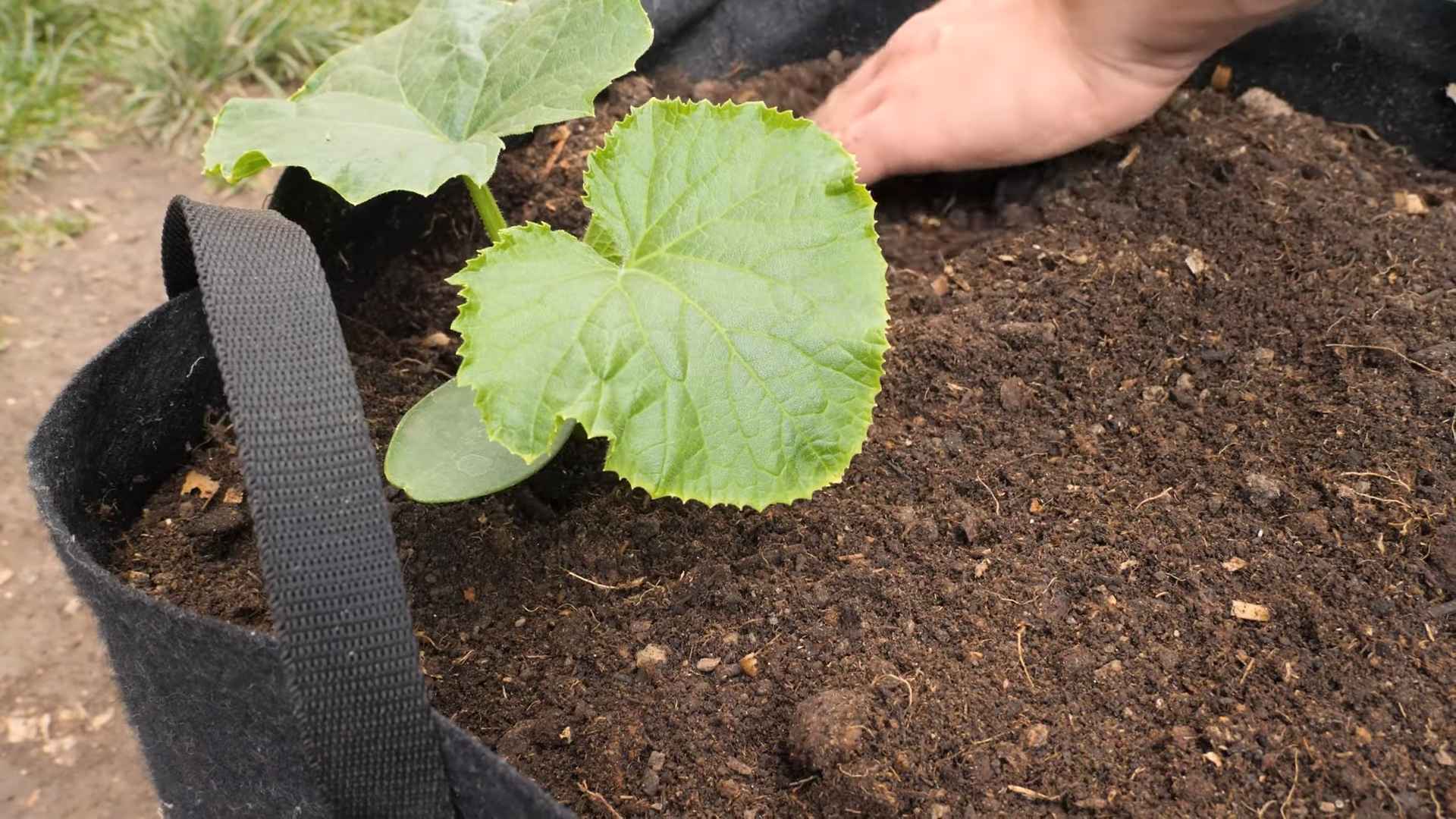
Conclusion
So there you have it – your comprehensive guide to growing amazing cucumbers! This DIY approach to cucumber cultivation isn’t just about saving money; it’s about connecting with nature, understanding the life cycle of your food, and experiencing the unparalleled satisfaction of harvesting your own crisp, delicious cucumbers. From the initial seed sowing to the final harvest, this method empowers you to take control of the entire process, resulting in cucumbers that are far superior in taste and quality to anything you’ll find in the supermarket. This DIY Grow Cucumbers Guide provides a simple yet effective pathway to abundant harvests, making it a must-try for beginner and experienced gardeners alike.
The beauty of this method lies in its adaptability. Feel free to experiment with different cucumber varieties – from the classic English cucumbers to the smaller, pickling varieties. You can also adjust the spacing based on the specific variety you choose and the size of your growing space. Consider using trellises or stakes to support the vines, especially for vining varieties, which will maximize space and prevent the cucumbers from rotting on the ground. For those with limited space, consider growing cucumbers in containers – just ensure they are large enough to accommodate the root system and provide adequate drainage. Adding compost tea or other organic fertilizers can further enhance the growth and yield of your cucumbers. Don’t be afraid to get creative and tailor the process to your specific needs and environment. The possibilities are endless!
Beyond the practical benefits, growing your own cucumbers offers a rewarding and enriching experience. It’s a chance to learn about the natural world, to appreciate the intricate processes of plant growth, and to connect with the source of your food in a tangible way. The pride you’ll feel harvesting your first homegrown cucumber is truly unmatched. It’s a feeling of accomplishment, a connection to nature, and a taste of pure, unadulterated deliciousness. We strongly encourage you to embark on this rewarding journey and experience the joy of growing your own cucumbers.
Share your experiences with us! We’d love to hear about your successes, your challenges, and any innovative techniques you’ve developed. Post pictures of your thriving cucumber plants and your bountiful harvest on social media using #GrowCucumbersGuide and tag us – we can’t wait to see what you create!
Frequently Asked Questions
Q: When is the best time to plant cucumber seeds?
A: The best time to plant cucumber seeds is after the last frost, when the soil temperature is consistently above 60°F (15°C). This typically falls between late spring and early summer, depending on your geographical location. Check your local frost dates for the most accurate timing.
Q: How much sunlight do cucumbers need?
A: Cucumbers thrive in full sun, meaning at least 6-8 hours of direct sunlight per day. Choose a location in your garden that receives ample sunlight throughout the day.
Q: What type of soil is best for growing cucumbers?
A: Cucumbers prefer well-drained, fertile soil with a slightly acidic to neutral pH (6.0-7.0). Amend heavy clay soils with organic matter like compost to improve drainage and aeration. Sandy soils may benefit from the addition of organic matter to retain moisture.
Q: How often should I water my cucumbers?
A: Consistent watering is crucial for healthy cucumber growth. Water deeply and regularly, especially during dry periods. Aim to keep the soil consistently moist but not waterlogged. Mulching around the plants can help retain soil moisture.
Q: What are some common problems when growing cucumbers and how can I prevent them?
A: Common problems include powdery mildew, cucumber beetles, and blossom-end rot. Powdery mildew can be prevented by ensuring good air circulation and avoiding overhead watering. Cucumber beetles can be controlled using row covers or insecticidal soap. Blossom-end rot is often caused by inconsistent watering, so maintaining consistent soil moisture is key.
Q: Can I grow cucumbers in containers?
A: Yes, you can definitely grow cucumbers in containers! Just make sure the container is large enough (at least 10 gallons) to accommodate the root system and provide adequate drainage. Choose bush varieties as they are better suited for container gardening.
Q: My cucumber plants are producing lots of flowers but few cucumbers. What’s wrong?
A: This is a common issue, often caused by insufficient pollination. Ensure bees and other pollinators have access to your plants. Hand-pollination may be necessary in some cases, especially if you’re growing cucumbers indoors or in areas with limited pollinators. You can gently transfer pollen from male flowers (those with only stamens) to female flowers (those with a small cucumber already forming at the base).
Q: How do I know when my cucumbers are ready to harvest?
A: Cucumbers are ready for harvest when they have reached their mature size and color for the specific variety you are growing. They should feel firm to the touch. Harvest regularly to encourage continued production.
Q: What can I do with all these cucumbers?
A: The possibilities are endless! Enjoy them fresh in salads, sandwiches, and as a refreshing snack. Pickle them, ferment them, or use them in various recipes. Freezing and preserving are also great options for extending the life of your harvest. The abundance of homegrown cucumbers opens up a world of culinary creativity!

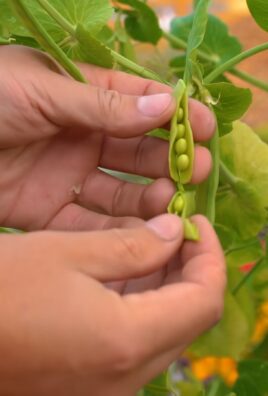
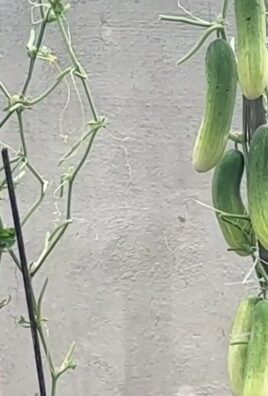
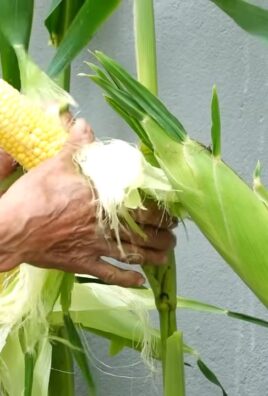
Leave a Comment